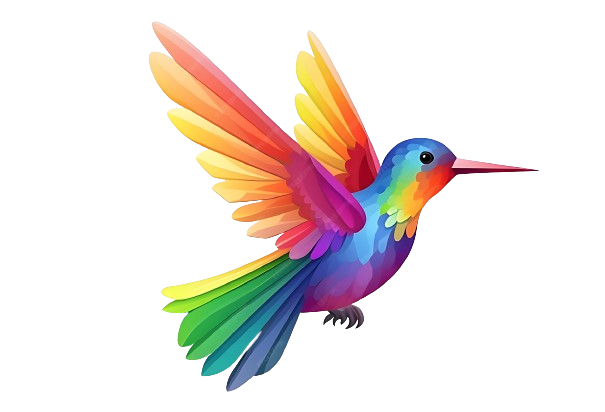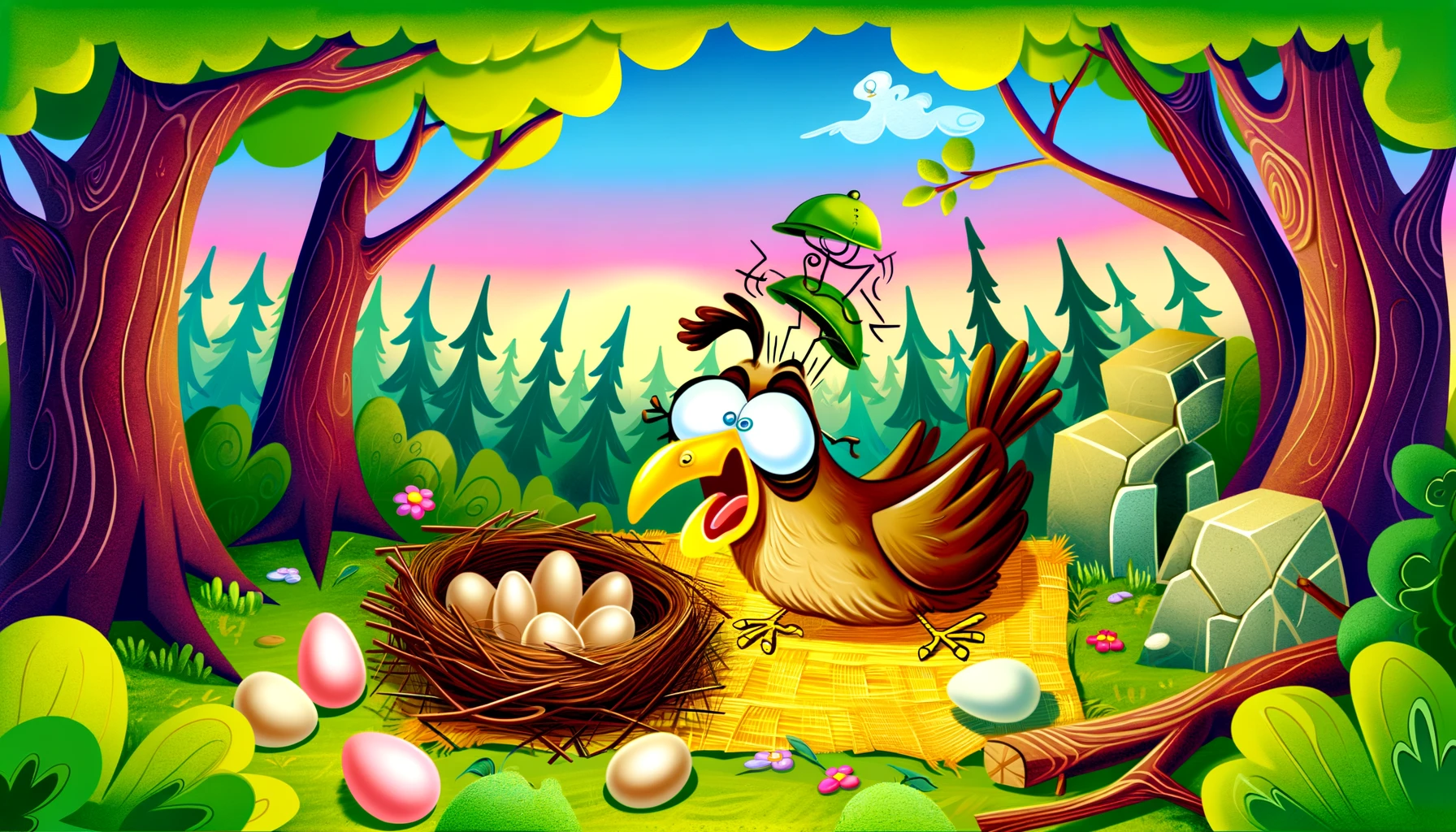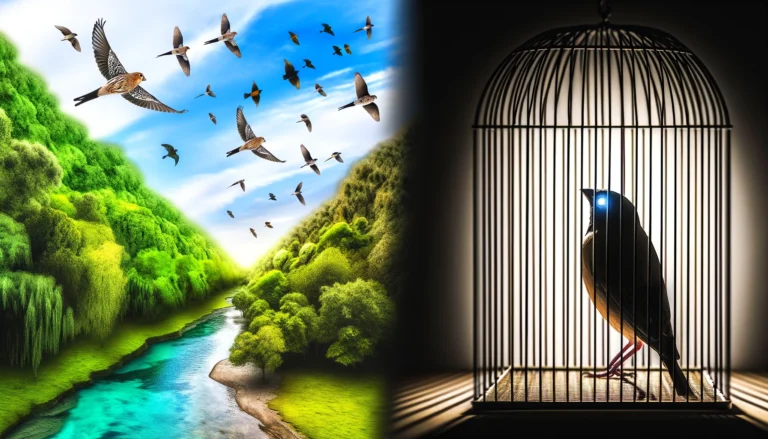In the world of avian species, some birds stand out for their unique and sometimes perplexing behaviors. From the comically clumsy to the downright bizarre, these birds have earned a reputation for their peculiar antics.
In this article, we’ll take a look at the top 10 dumbest birds known to science, shedding light on their quirky characteristics and the reasons behind their unconventional behaviors.
Key Takeaways
- Some birds exhibit unusual behaviors that have earned them the title of the dumbest birds known to science.
- The kakapo, a flightless parrot from New Zealand, is known for its endearing clumsiness and inability to fly.
- The turkey, despite its reputation as a symbol of intelligence, has been observed displaying rather dim-witted behaviors.
- The emu’s tendency to swallow non-edible objects and its comical running style contribute to its reputation as one of the dumbest birds.
- The domestic chicken, while domesticated for thousands of years, still exhibits behaviors that are considered less than intelligent.
1. Kakapo
The Kakapo is a nocturnal, flightless bird native to New Zealand. Its quirky behavior and lack of flight have earned it a spot on this list. The Kakapo is critically endangered, with a population that has been painstakingly managed through conservation efforts.
Kakapos are known for their unusual mating system called ‘lekking,’ where males compete for female attention by making loud booming calls and creating intricate tracks and bowls in the ground. Despite these efforts, their reproduction rate is alarmingly low.
Here are some key facts about the Kakapo:
- Critically endangered with a population of less than 250.
- The world’s heaviest parrot, weighing up to 4 kg (8.8 lbs).
- Known for a strong, musty odor that can attract predators.
Their lack of fear towards humans and other animals has often led to their peril, making them an easy target for hunters and invasive species. The Kakapo’s trusting nature and inability to fly are charming yet unfortunate traits that contribute to their ranking as one of the ‘dumbest’ birds.
2. Turkey
Despite their impressive size and notable presence during Thanksgiving, turkeys are often considered one of the dumber birds due to their sometimes perplexing behavior. Turkeys have been known to stare at the sky during a rainstorm for extended periods, which can lead to them drowning if they aren’t careful.
Turkeys also exhibit poor survival instincts when faced with predators, often opting to run in circles rather than flying away to safety. Their domestication has only exacerbated these traits, as they’ve been bred more for size and less for smarts.
Here are some quick turkey facts:
- Wild turkeys can fly short distances at up to 55 mph.
- Domestic turkeys are typically heavier and cannot fly.
- They have a ‘pecking order’ and can be quite social.
- Turkeys have excellent vision but poor night vision.
3. Emu
The emu, a large flightless bird native to Australia, is often perceived as having a less than stellar intellect. Despite their size, emus have relatively small brains, which contributes to their reputation for making questionable decisions. For example, they are known to follow simple repetitive patterns and can be easily outwitted by farmers and wildlife handlers.
Emus exhibit a range of behaviors that have earned them a spot on this list:
- Their curiosity often leads them into trouble, such as getting entangled in fences or wandering onto roads.
- They have been observed to eat inedible objects, mistaking them for food.
- The birds’ natural response to threats can be counterproductive, as they sometimes run in circles or towards the danger.
Despite these antics, it’s important to recognize that different species exhibit intelligence in various ways. The emu’s survival in the harsh Australian outback suggests a form of practical intelligence, albeit not the kind that aligns with human expectations.
4. Domestic Chicken
The domestic chicken, a staple in farms and backyards around the world, is often cited for its less-than-stellar intelligence. Chickens have been known to display a lack of awareness of their surroundings, leading to some amusing, if not perplexing, behaviors.
Despite their reputation, chickens do exhibit some interesting traits. They have a complex social structure known as the ‘pecking order’ and can recognize over 100 individual faces, including humans. However, their decision-making skills often leave much to be desired, as they are prone to panic and can be easily confused by basic challenges.
Here’s a quick rundown of some chicken behaviors that might be considered ‘dumb’:
- Running around with no clear direction after being startled
- Pecking at inedible objects
- Failing to escape from enclosures with obvious exits
In the light of their antics, chickens have even inspired books such as The Field Guide to Dumb Birds of the Whole Stupid World by Matt Kracht, which humorously explores the world of not-so-bright birds.
5. Ostrich
The ostrich, despite its impressive size and speed, has often been labeled as lacking in the smarts department. Ostriches have a tendency to eat inedible objects, which does little to dispel this reputation. They are also known for the myth that they bury their heads in the sand when threatened, a behavior that would be quite foolish if it were true.
Ostriches do, however, possess some fascinating traits. For instance, they have the largest eyes of any land animal, which are crucial for spotting predators from a distance. Their powerful legs can also be formidable weapons. Here’s a quick look at some ostrich stats:
| Feature | Detail |
|---|---|
| Height | Up to 9 feet |
| Speed | Up to 45 mph |
| Egg Size | Largest of any bird |
Despite these impressive attributes, the ostrich’s decision-making can sometimes be questionable. For example, they are known to engage in mating dances and rituals that seem to have no discernible pattern or purpose. This lack of strategy in their behavior contributes to their ranking on our list of the top 10 dumbest birds.
6. Cuckoo
The cuckoo is renowned for its deceptive breeding tactics, often laying its eggs in the nests of other bird species. This sneaky behavior has earned it a place among the avian world’s less intellectually esteemed members.
Cuckoos exhibit a variety of species-specific traits:
- Brood parasitism: Cuckoos lay their eggs in the nests of other bird species.
- Egg mimicry: Their eggs often resemble the host’s eggs, aiding in the deception.
- Chick eviction: Cuckoo chicks may push host eggs or chicks out of the nest to monopolize resources.
Despite their cunning reproductive strategies, cuckoos are often considered ‘dumb’ due to their reliance on other species for raising their young, which could be seen as a lack of self-sufficiency and survival skills in their natural habitat.
7. Pigeon
Pigeons, often found in urban environments, are sometimes considered less intelligent due to their seemingly clueless behavior around humans and vehicles. However, this perception might not be entirely fair. Pigeons have demonstrated remarkable navigational abilities, which contradict their ‘dumb bird’ label.
Despite their impressive homing skills, pigeons do exhibit some behaviors that can be perceived as lacking intelligence. For instance, they are known to eat almost anything, including inedible objects, and they often build nests in precarious locations. Moreover, their repetitive actions, such as walking in circles, contribute to the stereotype of their low cognitive abilities.
Here’s a quick comparison of the perceived intelligence levels between some of the smartest and the ‘dumbest’ birds:
| Rank | Smartest Birds | ‘Dumbest’ Birds |
|---|---|---|
| 5 | Jackdaw | Pigeon |
| 6 | Raven | Emu |
| 7 | Clarks Nutcracker | Turkey |
| 8 | Magpie | Ostrich |
While the pigeon’s place on this list may be debatable, it’s clear that they have both intelligent and less admirable traits.
8. Kookaburra
The kookaburra, known for its human-like laughter, might not be the brightest bird in the aviary. Their hunting technique is rather unrefined, often involving dropping heavy objects on prey from a height or using brute force to subdue their meals.
Despite their comical nature, kookaburras exhibit some behaviors that could be perceived as lacking intelligence:
- They have been known to attack their own reflection, mistaking it for a rival.
- Kookaburras sometimes struggle to adapt to changes in their environment, showing a lack of problem-solving skills.
- Their feeding habits can be wasteful, as they often kill more than they can eat and leave the excess to rot.
However, it’s important to note that what might seem ‘dumb’ to humans could be perfectly reasonable behavior in the avian world. The kookaburra’s antics, while amusing, are a part of their unique charm and survival strategy.
9. Flamingo
Flamingos might be famous for their vibrant pink feathers and their peculiar one-legged stance, but they are also known for some less flattering traits. Their navigation skills are notably poor, often leading them to land in inhospitable areas far from food sources or suitable breeding grounds.
Despite their social nature, flamingos can exhibit a surprising lack of common sense when it comes to survival. They have been observed drinking water from hot springs that are too hot for their bodies, and they sometimes fail to flee from predators in a timely manner.
Here are some quirky facts about flamingos:
- They get their pink color from the carotenoid pigments in their diet of algae and crustaceans.
- Flamingos are monogamous birds, typically mating for life.
- A group of flamingos is called a ‘flamboyance’.
10. Dodo
The Dodo, an icon of avian extinction, is often remembered for its lack of survival instincts. Native to Mauritius, the Dodo had no natural predators, which led to its fearless and, unfortunately, naive behavior around humans. This lack of fear, combined with an inability to fly, made the Dodo an easy target for sailors and invasive species.
Despite its reputation, the Dodo’s cognitive abilities remain a mystery. What we do know is that their diet consisted of fruits, nuts, and seeds, suggesting they played a crucial role in their ecosystem. The Dodo’s impact on seed dispersal and plant growth was significant, hinting at a more complex behavior than often credited.
Here’s a quick glance at the Dodo’s characteristics:
- Flightless
- Extinct by the late 17th century
- Native to Mauritius
- Played a role in seed dispersal
The Dodo’s story serves as a stark reminder of the consequences of human impact on wildlife. Its legacy continues to influence conservation efforts, ensuring that the Dodo’s fate does not befall other species.
Read Also: Why is Bird Poop Purple
Conclusion
In conclusion, the avian world is filled with a diverse array of bird species, each with its own unique characteristics and behaviors. While some birds are known for their intelligence and problem-solving abilities, others have gained notoriety for their seemingly foolish antics. This article has highlighted the top 10 dumbest birds known to science, shedding light on their amusing and sometimes perplexing behaviors.
Despite their perceived lack of intelligence, these birds play an important role in the ecosystem and continue to fascinate researchers and bird enthusiasts alike. As we continue to study and appreciate the avian world, it’s important to remember that every bird, no matter how ‘dumb’ it may seem, contributes to the rich tapestry of nature.
Frequently Asked Questions
Why are these birds considered dumb?
These birds have been observed exhibiting behaviors that are often considered foolish or lacking in intelligence, such as failing to recognize danger or making poor decisions.
Are all birds on the list equally dumb?
No, the list is based on specific behaviors and characteristics of each bird that have been observed and documented by scientists and researchers.
Do dumb behaviors impact the survival of these birds?
In some cases, dumb behaviors can indeed impact the survival of these birds, as they may be more vulnerable to predators or face challenges in adapting to changing environments.
Can dumb birds be trained or taught to be smarter?
While some birds can be trained to some extent, their inherent behaviors and instincts may limit the extent to which they can be
Are there any benefits to the behaviors of these birds?
Some of the behaviors exhibited by these birds may have evolutionary advantages or contribute to their unique ecological roles, despite being perceived as dumb by human standards.
What can we learn from the dumbest birds in science?
Studying the behaviors of these birds can provide valuable insights into the diversity of animal intelligence, the complexities of animal behavior, and the adaptive strategies of different bird species.







